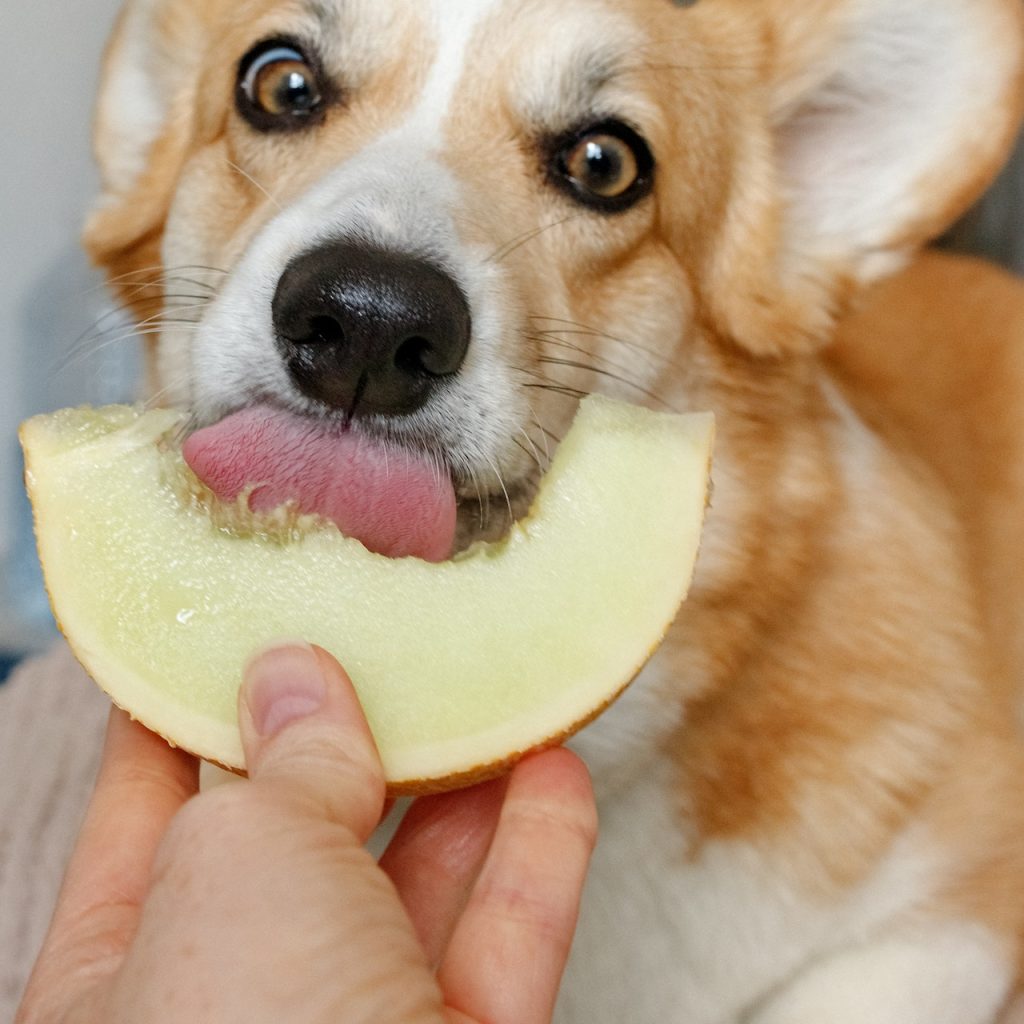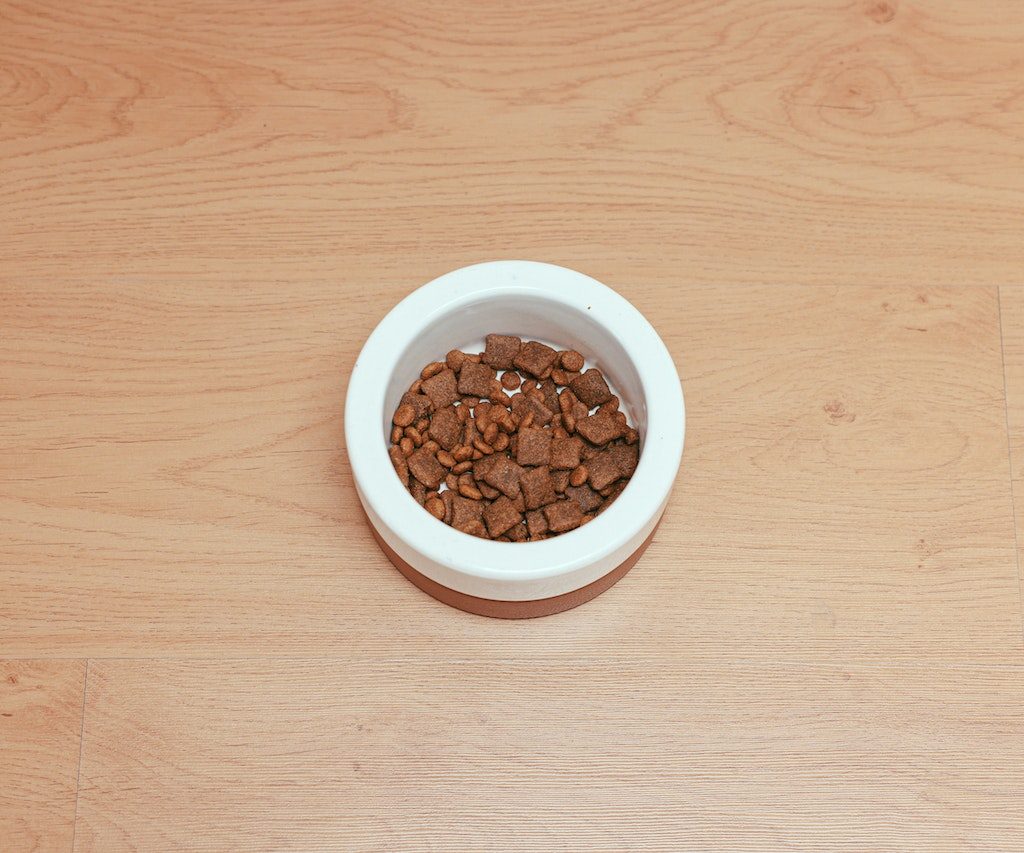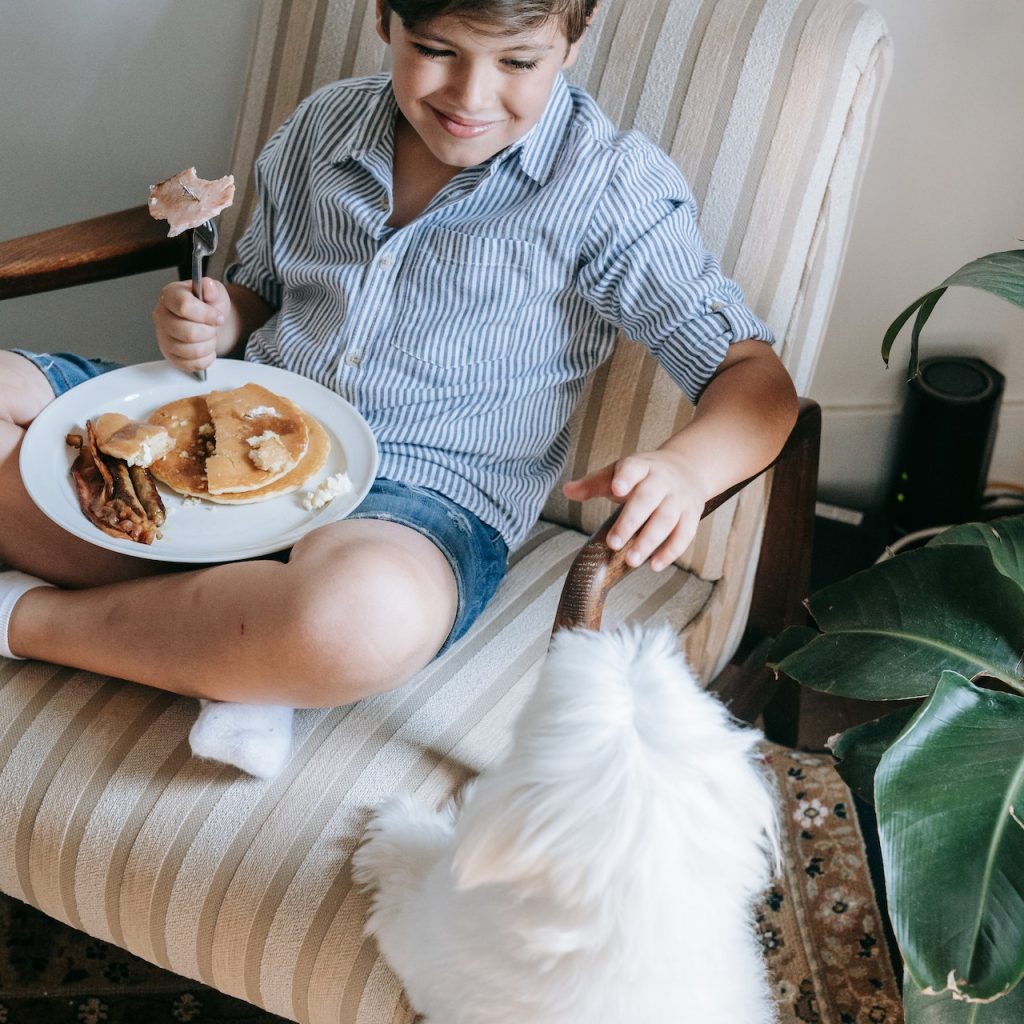Proper pet nutrition is of utmost importance when it comes to ensuring the overall health and well-being of our furry companions. Just like humans, pets rely on a balanced and nutritious diet to thrive and lead a fulfilling life. However, it is crucial to take a closer look at the potential impact of artificial colors and preservatives that are commonly added to commercial pet food. These additives have raised valid concerns among pet owners and experts, prompting a deeper examination of their effects on pet health.
In this enlightening blog post, we will delve into the intricate world of artificial colors and preservatives in pet food, unraveling the potential implications they may have on our beloved pets. By gaining a comprehensive understanding of these additives, we can make informed choices that prioritize the well-being and vitality of our furry friends.

Understanding Artificial Colors in Pet Food
Definition and purpose of artificial colors in pet food
Artificial colors in pet food are synthetic additives used to enhance the visual appeal of the product. These colors are specifically formulated to imitate natural hues and make the food more visually appealing to pet owners. The purpose of adding artificial colors is to make the pet food appear vibrant and appetizing, creating a visually pleasing experience for both pets and their owners.
Common artificial colors used in pet food
Several artificial colors find their way into commercial pet food. These include FD&C Red No. 40, FD&C Blue No. 2, FD&C Yellow No. 5, and caramel coloring. FD&C Red No. 40 provides a vibrant red hue, while FD&C Blue No. 2 imparts a deep blue color. FD&C Yellow No. 5 contributes a bright yellow shade, and caramel coloring adds a brown tone. These artificial colors are carefully chosen to enhance the visual appeal of the pet food, making it more visually enticing to pet owners.

The role of artificial colors in enhancing the appearance of pet food
Artificial colors play a significant role in enhancing the appearance of pet food. By adding vibrant and visually appealing hues, these colors make the food more enticing and appealing to pet owners. The use of artificial colors creates an attractive presentation that captures the attention of pet owners, making them more likely to choose and purchase the product. The visual appeal of pet food, enhanced by artificial colors, creates an impression of quality and freshness, reinforcing the perception of a nutritious meal for pets.
Exploring Preservatives in Pet Food
Definition and purpose of preservatives in pet food
Preservatives in pet food are substances added to prevent spoilage and extend the shelf life of the product. These compounds inhibit the growth of bacteria, mold, and other microorganisms that can lead to food deterioration. By slowing down the oxidation process and maintaining freshness, preservatives ensure that the pet food remains safe and suitable for consumption over an extended period. The purpose of including preservatives is to safeguard the quality and integrity of the pet food, ensuring that pets receive nourishing meals.

Different types of preservatives commonly used in pet food
Various types of preservatives are commonly utilized in commercial pet food. Natural preservatives like vitamin E (tocopherols) and vitamin C (ascorbic acid) are often incorporated to inhibit oxidation and maintain product stability. Synthetic preservatives such as butylated hydroxyanisole (BHA) and butylated hydroxytoluene (BHT) are also employed due to their effectiveness in preventing food spoilage. Additionally, propyl gallate and ethoxyquin are utilized to preserve the quality and freshness of pet food.
The function of preservatives in extending the shelf life of pet food
Preservatives serve a crucial function in prolonging the shelf life of pet food. By inhibiting microbial growth and preventing spoilage, they help maintain the nutritional integrity and safety of the food. Preservatives work to control oxidation processes that can lead to rancidity and degradation of essential nutrients. This ensures that pet food retains its nutritional value and remains palatable for a longer duration, reducing the risk of foodborne illnesses and wastage. The inclusion of preservatives allows pet owners to store and provide their pets with wholesome meals while minimizing the need for frequent repurchasing.
Health Effects of Artificial Colors on Pets
Potential risks and health concerns associated with artificial colors in pet food
The presence of artificial colors in pet food raises valid concerns about potential health risks. Studies indicate a link between artificial colors and adverse effects on pets, including behavioral issues, hyperactivity, and allergic reactions. Some artificial colors have been associated with digestive problems, such as diarrhea and gastrointestinal discomfort. Moreover, the long-term effects of consuming artificial colors remain a subject of ongoing research, urging pet owners to exercise caution when selecting pet food products.
Allergies and sensitivities to artificial colors in pets
Pets, like humans, can develop allergies and sensitivities to artificial colors present in their food. These allergic reactions can manifest as skin irritations, itching, and gastrointestinal disturbances. Some pets may experience respiratory issues or even more severe allergic responses. Identifying and eliminating the specific artificial colors causing these reactions is essential for maintaining the health and well-being of our beloved companions.
Long-term health consequences of consuming artificial colors
The long-term consumption of artificial colors in pet food may have serious health consequences. While the full extent of these effects is still being researched, some studies suggest a potential association between artificial colors and health issues such as organ damage, carcinogenesis, and immune system dysfunction. Considering the cumulative impact of prolonged exposure to artificial colors, pet owners should prioritize pet food options that are free from these additives to minimize the potential long-term health risks for their furry companions.

Harmful Effects of Preservatives on Pet Health
Examine the negative impact of preservatives on pet health
Preservatives, while serving the purpose of extending shelf life, can have detrimental effects on pet health. These additives have been linked to various negative impacts, including allergic reactions, gastrointestinal problems, and potential organ damage. The presence of preservatives in pet food raises concerns about the long-term well-being of our beloved companions.
Health Risks and potential side effects associated with Preservatives
The use of preservatives in pet food comes with potential health risks and side effects. Some pets may experience allergic reactions, such as skin irritations, itching, or respiratory issues. Digestive problems, including vomiting and diarrhea, are also commonly reported. Moreover, prolonged exposure to certain preservatives may contribute to organ dysfunction and compromise the overall health of pets. It is vital to be aware of these risks and choose pet food options that minimize the presence of potentially harmful preservatives.
The role of preservatives in triggering allergies and digestive issues in pets
Preservatives can act as triggers for allergies and digestive issues in pets. Some preservatives, such as BHA and BHT, have been associated with allergic reactions, leading to symptoms like itching, hives, and gastrointestinal distress. Additionally, the presence of preservatives can disrupt the natural balance of gut bacteria, contributing to digestive problems and discomfort in pets. It is crucial to recognize the potential role of preservatives in these health issues and opt for pet food options that prioritize natural and healthier preservation methods.
Natural vs. Artificial Colors in Pet Food
Compare and contrast natural and artificial colors in terms of safety and health implications
When it comes to the colors used in pet food, there is a notable distinction between natural and artificial options. Natural colors, derived from plant and mineral sources, are generally considered safer and pose minimal health risks compared to their artificial counterparts. Artificial colors, on the other hand, are synthetic additives that have been linked to potential health concerns. By opting for pet food with natural colors, we can prioritize the safety and well-being of our beloved pets.
Benefits of choosing pet food with natural colors
Choosing pet food that incorporates natural colors offers numerous benefits. Natural colors are derived from wholesome sources, ensuring that no synthetic or potentially harmful substances are introduced into our pets’ diets. Moreover, natural colors often come with additional nutritional benefits, as they may contain antioxidants and essential nutrients present in the natural ingredients used for coloring. By selecting pet food with natural colors, we can provide our furry friends with a healthier and more nourishing dining experience.
How natural colors can contribute to a healthier diet for pets?
The inclusion of natural colors in pet food can contribute to a healthier overall diet for our pets. Natural colors are often associated with the use of high-quality ingredients, indicating a greater focus on the nutritional value of the food. By selecting pet food with natural colors, we promote the consumption of food that is free from artificial additives and rich in natural compounds that support optimal health. Embracing natural colors aligns with the goal of providing our pets with a wholesome and well-balanced diet.
Regulatory Standards and Pet Food Labeling
Regulations and guidelines regarding the use of artificial colors and preservatives in pet food
Regulatory bodies have established guidelines and standards for the use of artificial colors and preservatives in pet food. These regulations aim to ensure the safety and quality of the products on the market. The Food and Drug Administration (FDA) and the Association of American Feed Control Officials (AAFCO) provide guidance and set limits on the types and amounts of artificial colors and preservatives allowed in pet food. By adhering to these regulations, pet food manufacturers can demonstrate their commitment to producing safe and reliable products for our pets.
Transparency in pet food labeling and understanding ingredient lists
Transparency in pet food labeling is crucial for pet owners to make informed choices. The ingredient list is a valuable resource that allows us to understand what goes into our pets’ food. By deciphering the ingredient list, we can identify artificial colors and preservatives and determine if a product aligns with our preferences. It is important for pet food companies to provide clear and easily understandable labels, enabling us to make educated decisions about the products we purchase for our furry companions.
How to identify pet food products without artificial colors and preservatives
Identifying pet food products without artificial colors and preservatives requires careful examination of the packaging and ingredient lists. Look for labels that explicitly state “no artificial colors” or “no preservatives.” Additionally, scrutinize the ingredient list for any mention of artificial colors or preservatives. Opt for pet food brands that prioritize natural alternatives or use preservation methods like vitamin E or vitamin C. By actively seeking out pet food options free from artificial additives, we can promote the well-being and health of our pets.
Choosing Pet Food Without Artificial Colors and Preservatives
Provide tips and guidance on selecting high-quality pet food options
When selecting pet food, opt for trusted brands known for their commitment to quality and nutrition. Look for labels that boast natural ingredients and avoid those that include artificial colors and preservatives. Consider options that prioritize real meat and whole grains, providing essential nutrients for your pet’s well-being. Consulting with your veterinarian can also help guide you toward suitable choices based on your pet’s specific dietary needs. By choosing high-quality pet food, you prioritize the health and happiness of your furry companion.

Reading and understanding pet food labels to avoid artificial additives
Reading and understanding pet food labels is essential to avoid artificial additives. Familiarize yourself with common names for artificial colors and preservatives, such as FD&C Yellow No. 5 or BHA. Look for labels that explicitly state the absence of these additives or those that use natural alternatives. Pay attention to the order of ingredients, as they are listed by quantity. By arming yourself with knowledge and carefully analyzing labels, you can make informed decisions and choose pet food that is free from artificial additives.
Homemade pet food as an alternative to commercial options
Consider homemade pet food as an alternative to commercial options. This allows you to have full control over the ingredients and eliminate the use of artificial colors and preservatives entirely. However, it is important to ensure a balanced diet by consulting with a veterinary nutritionist or utilizing reputable homemade pet food recipes. Homemade pet food can provide a personalized and nourishing approach, strengthening the bond between you and your furry friend while promoting their overall health and well-being.
Final Words
Throughout this blog post, we have explored the impact of artificial colors and preservatives on pet health. We examined the definition and purpose of these additives, the potential health risks they pose, and the comparison between natural and artificial options. We also delved into the regulatory standards, and pet food labeling, and provided tips for choosing pet food without artificial additives.
When it comes to our pets’ nutrition, making informed choices is paramount. By understanding the potential risks associated with artificial colors and preservatives, we can prioritize the health and well-being of our beloved companions. Opting for pet food options that are free from these additives is a proactive step towards providing them with a wholesome and natural diet. Remember, their nutrition directly influences their vitality and overall quality of life.
As responsible pet owners, it is our duty to choose pet food options that prioritize the health and well-being of our furry friends. Let’s make a conscious effort to read labels, understand ingredient lists, and select pet food that is free from artificial colors and preservatives. By doing so, we can contribute to their long-term health, reduce the risk of potential health issues, and ensure they enjoy a vibrant and joyful life by our side.